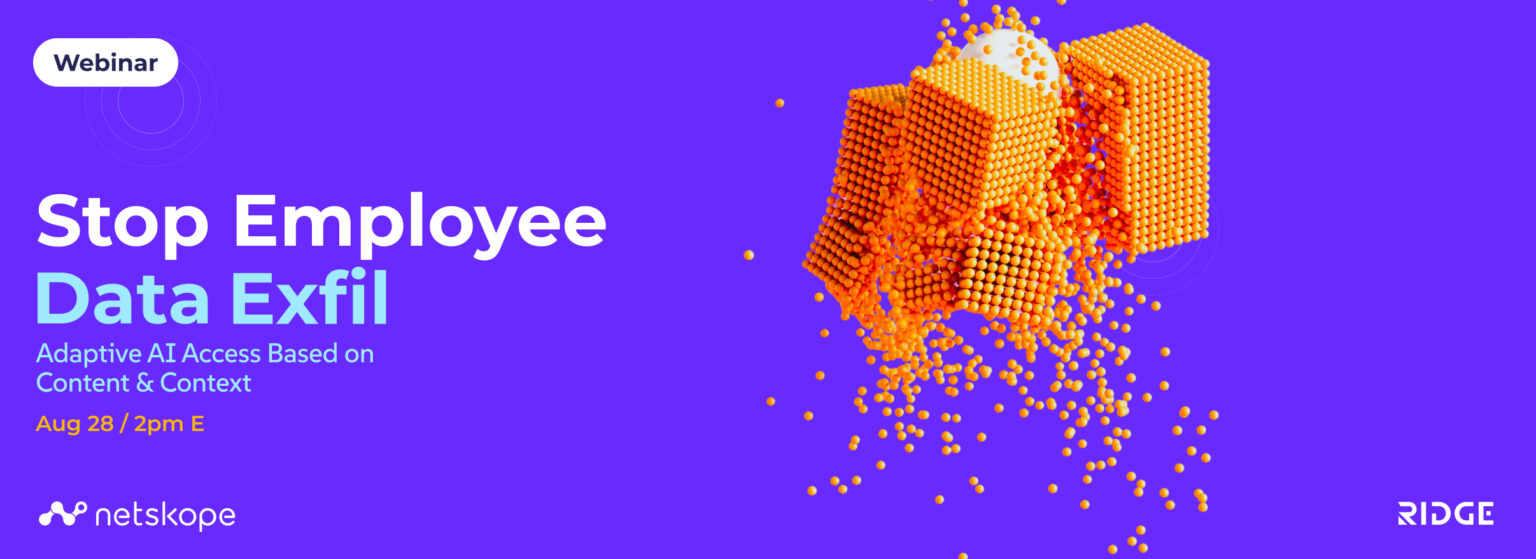Why Context-Aware SASE Is the Only Solution That Works
Sixty-eight percent of data breaches involve employees—not malicious hackers breaking down digital doors. While IT teams focus on external threats, the real danger walks through your office every day with legitimate access to your most sensitive information. The problem isn’t just malicious insiders; it’s well-meaning employees who accidentally share sensitive data, download files to personal devices, or fall victim to sophisticated social engineering attacks.
The Hidden Reality of Employee Data Exfiltration
Traditional security tools treat all employee activity the same way—blocking or allowing access based on simple rules that can’t distinguish between legitimate business needs and risky behavior. This binary approach forces organizations to choose between security and productivity, often leading to security bypasses that create the very vulnerabilities they’re trying to prevent.
Why Traditional SASE Deployments Fail at Data Protection
Most SASE implementations focus on network connectivity and basic access controls while completely missing the context of what users are actually doing with sensitive data. Organizations deploy expensive SASE platforms that provide network optimization and basic security policies but fail to understand the content being accessed, the context of user behavior, or the risk associated with specific transactions.
The result? Employees continue to exfiltrate data through perfectly legitimate channels—email attachments, cloud storage uploads, and application downloads—because traditional SASE platforms can’t distinguish between normal business activities and data theft in progress.
The Content and Context Revolution
Modern data protection requires understanding not just what data is being accessed, but how, when, where, and by whom. Context-aware security analyzes user behavior patterns, data sensitivity, access location, device posture, and transaction timing to make intelligent security decisions in real-time.
This approach transforms security from reactive blocking to proactive guidance. Instead of preventing employees from doing their jobs, intelligent security systems coach users during risky transactions, provide alternative secure methods for data sharing, and automatically escalate unusual behavior for investigation.
Real-World Context Analysis
Consider a sales manager downloading customer contact lists. Traditional security sees a legitimate user accessing authorized data and allows the transaction. Context-aware security analyzes additional factors:
- Time context: Is this download happening outside normal business hours?
- Location context: Is the user accessing data from an unusual geographic location?
- Behavioral context: Does this user typically download large contact lists?
- Content context: Does this data contain personally identifiable information requiring special handling?
- Device context: Is this download happening on a managed corporate device or personal smartphone?
Based on this analysis, the system might allow the download with watermarking, require additional authentication, suggest a more secure sharing method, or block the transaction entirely while alerting security teams.
Join Our Expert Panel: Stop Employee Data Exfil
Learn how leading organizations implement adaptive AI access controls that stop data exfiltration without disrupting business operations.
What You'll Discover
Intelligent Data Flow Protection
Learn proven techniques to monitor and protect sensitive information across cloud applications, including real-time user coaching, behavioral analytics, and automated policy enforcement that maintains functionality while minimizing data exfiltration risks.
Adaptive Access Controls with Complete Oversight
Master the deployment of robust SASE frameworks that continuously authenticate and authorize user requests with adaptive multi-factor authentication spanning your entire cloud infrastructure and application ecosystem.
AI-Powered User Behavior Analytics (UEBA)
Discover how to establish smart security boundaries that distinguish between legitimate business activities and potentially risky user behaviors through advanced monitoring, anomaly detection, and automated response capabilities.
SASE Performance vs. Security Balance
Bridge the gap between theoretical SASE security models and practical enterprise implementation through real-world case studies that balance robust data protection with network performance requirements.
Featured Security Experts

Tom Clare
Product Marketing Director Netskope

Jeff Brainard
Product Marketing Director Netskope
The Netskope Advantage: Content and Context at Scale
Modern data protection requires platforms that can inspect and analyze transactions in real-time without impacting performance. Netskope’s context-aware architecture delivers comprehensive visibility into user activities across thousands of cloud applications while maintaining the sub-50ms response times that prevent security bypasses.
This technical capability enables organizations to implement sophisticated behavioral analytics, real-time user coaching, and adaptive access policies that scale across distributed workforces without degrading the user experience that drives security bypass behaviors.







